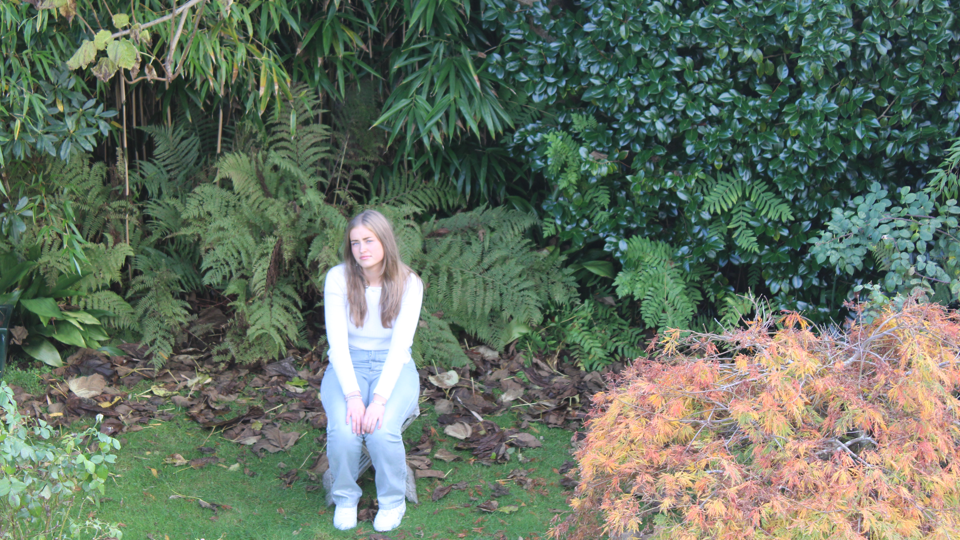

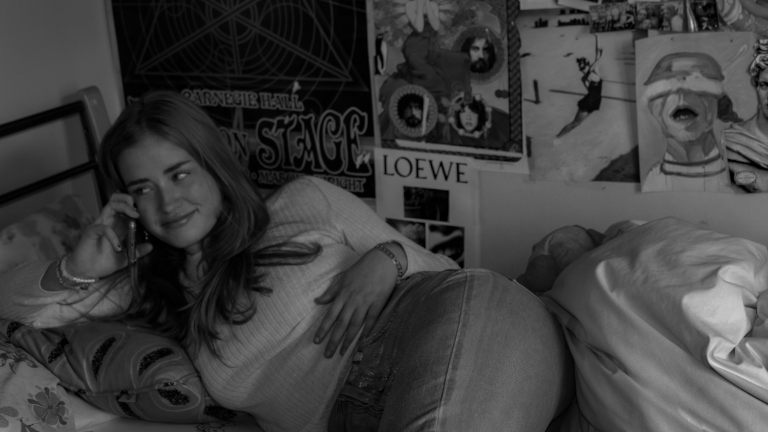
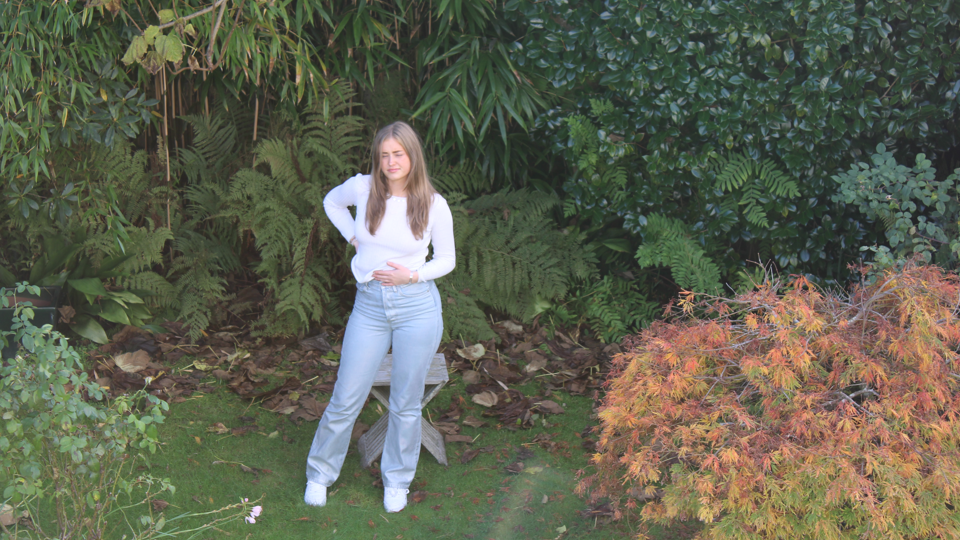
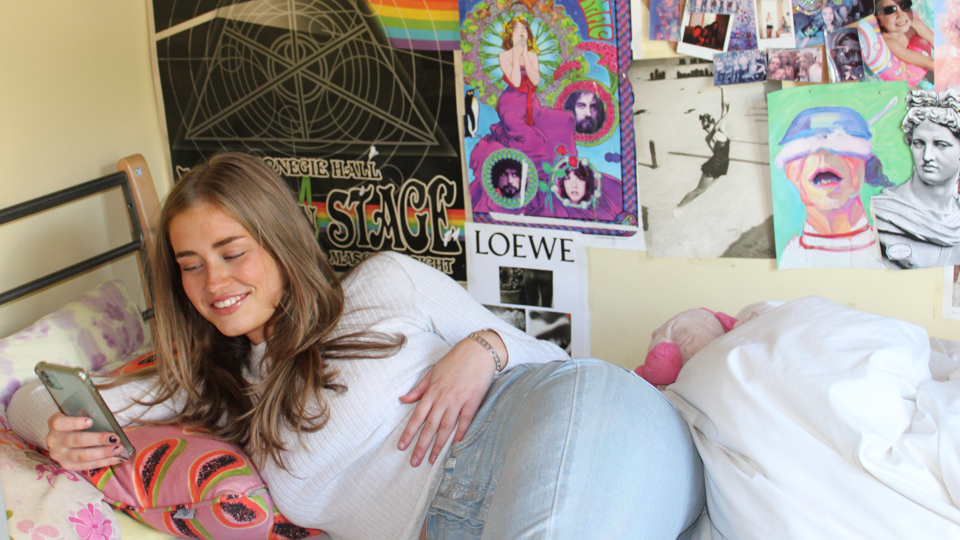
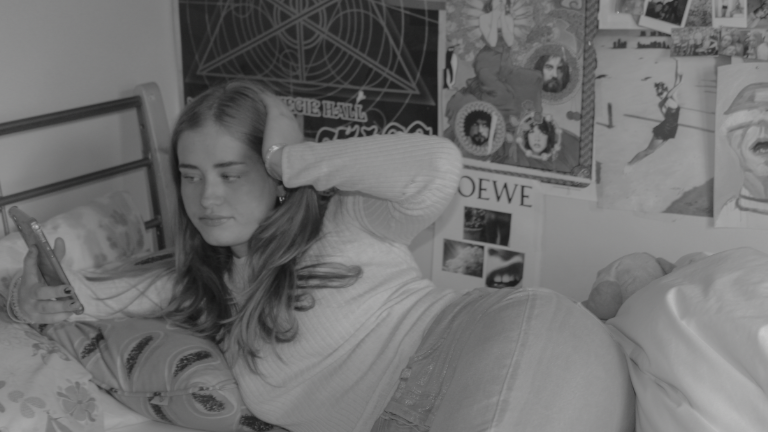
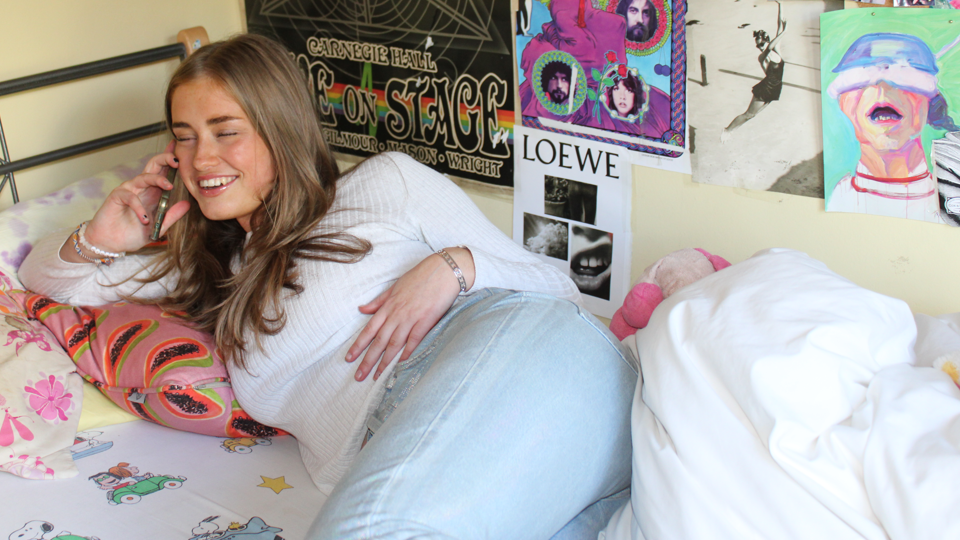
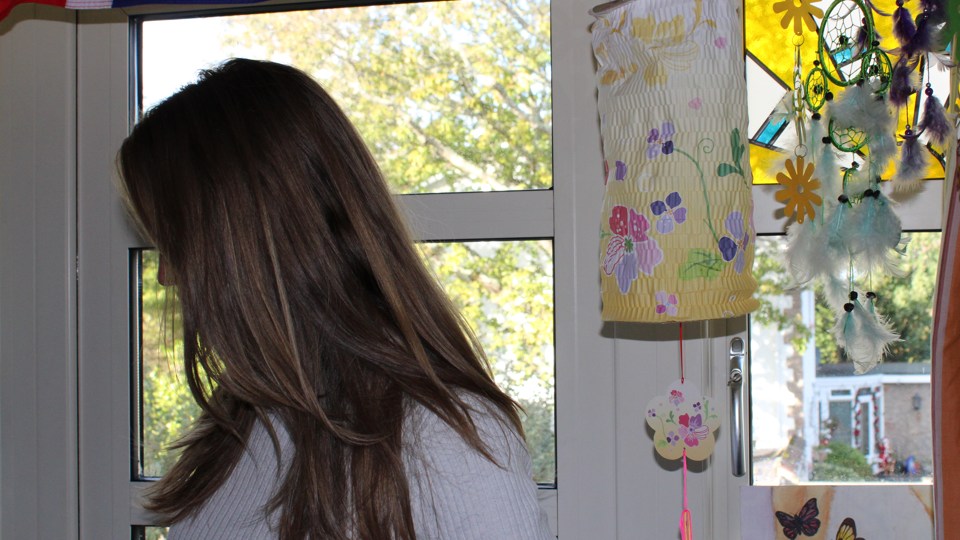
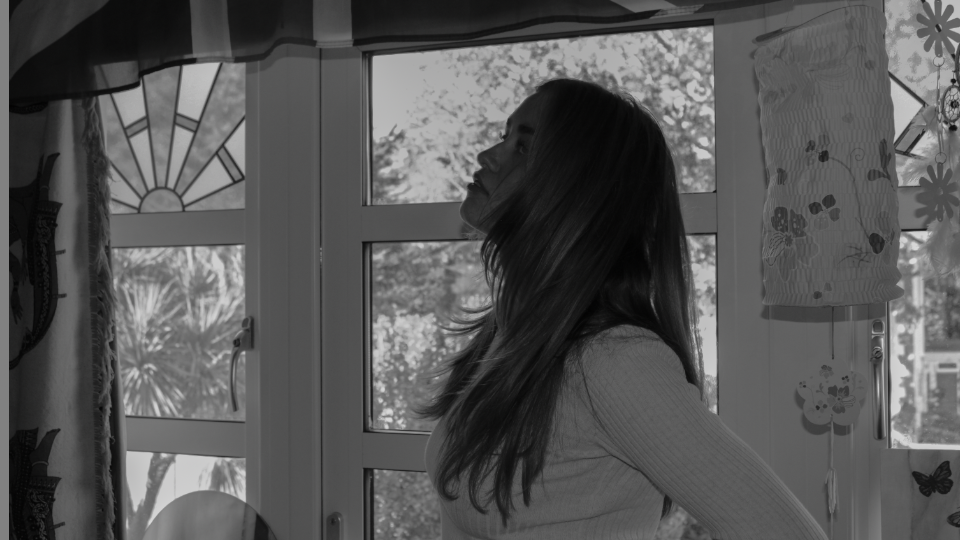
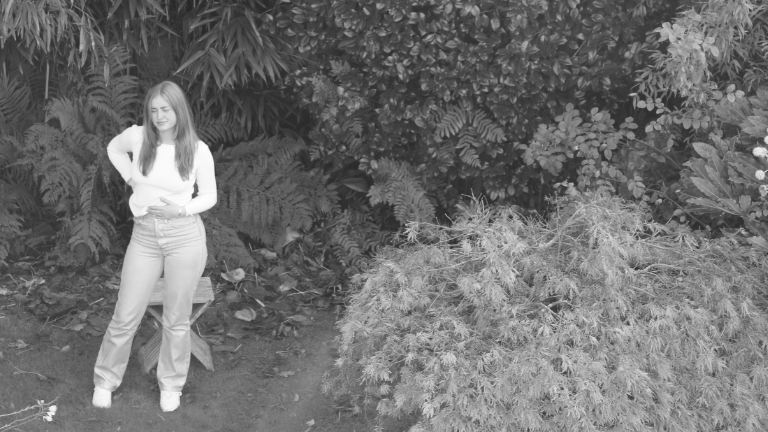














with this image, i moved the lights to give different affects on the shadow placement.


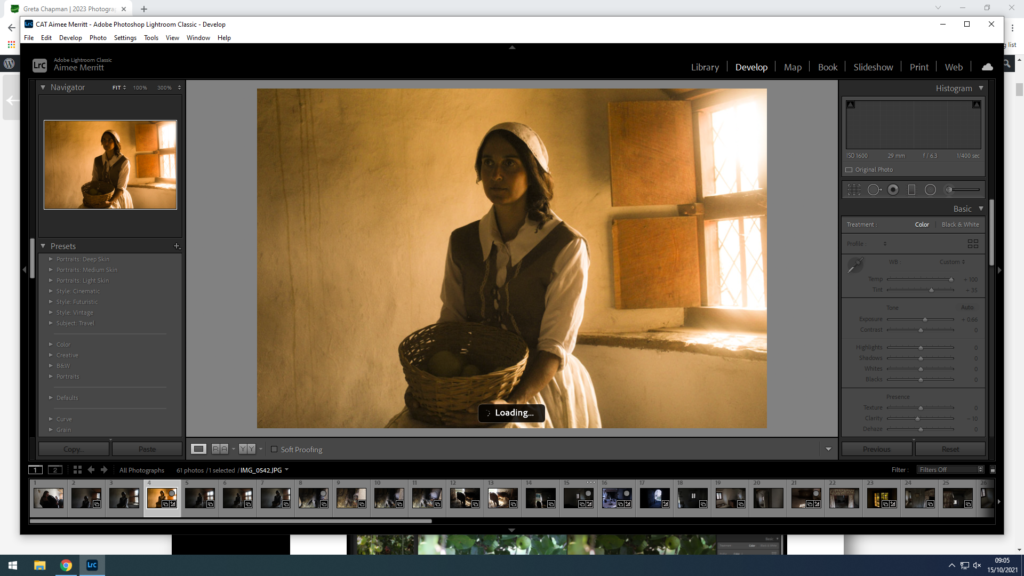
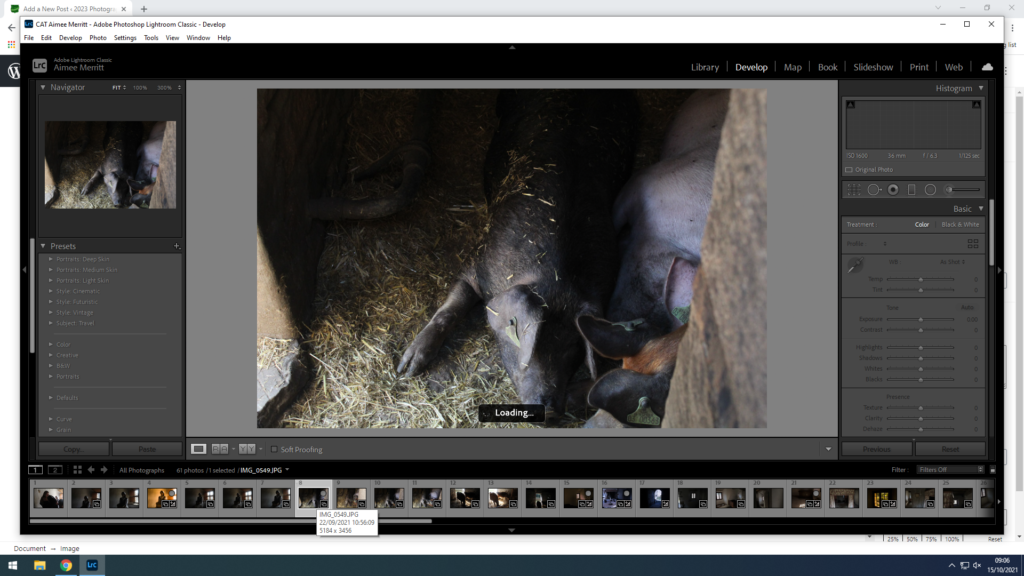
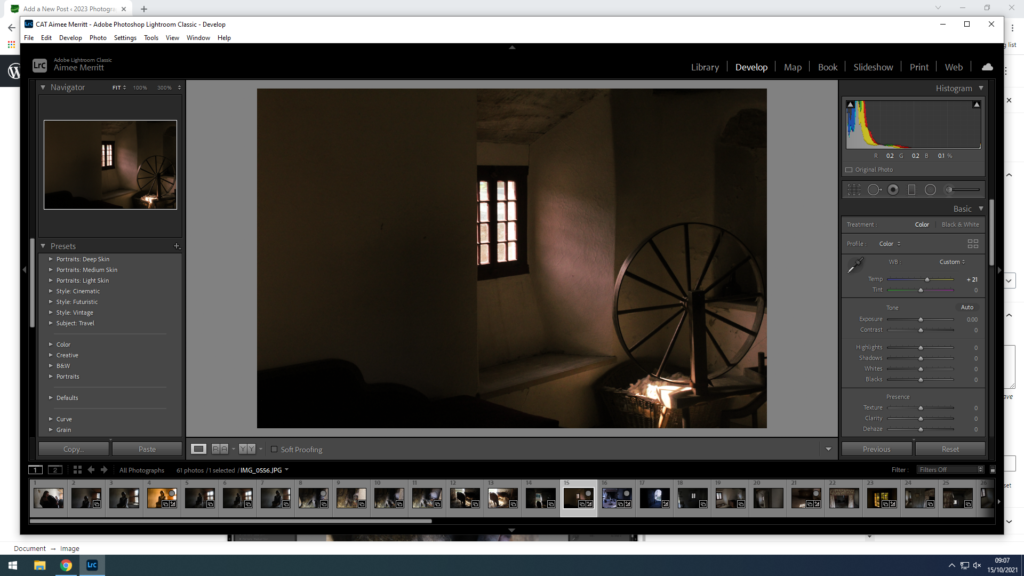

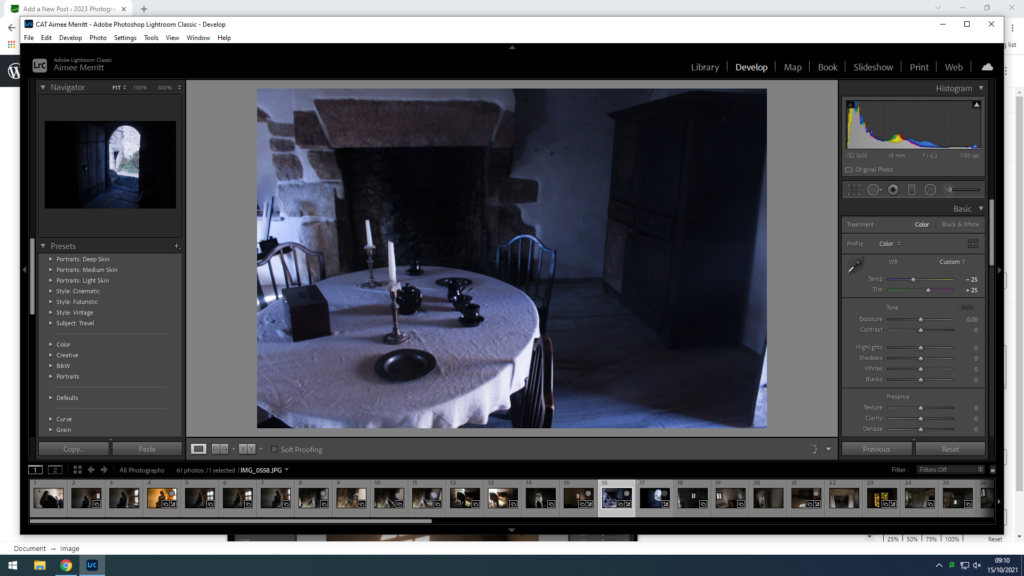
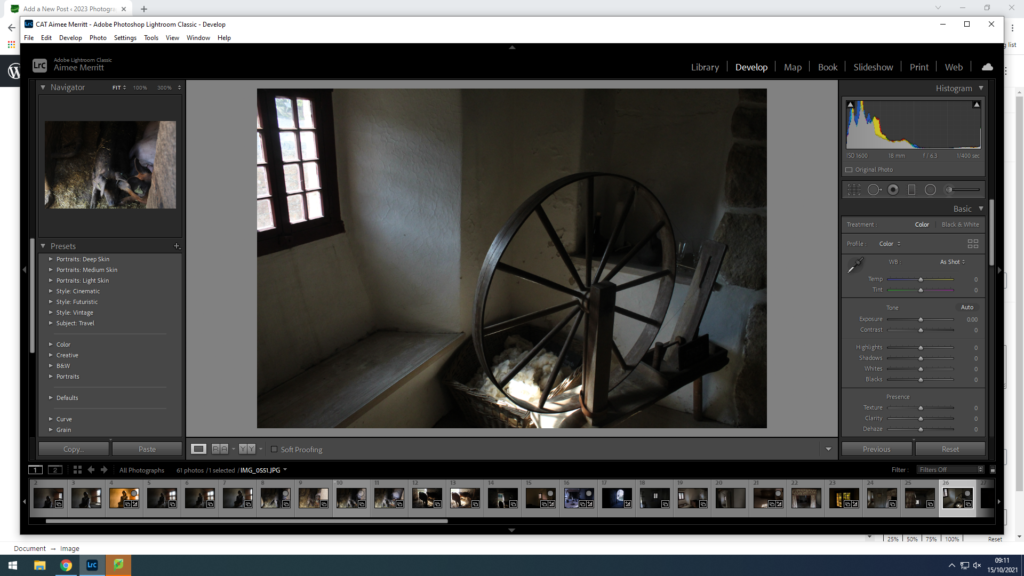
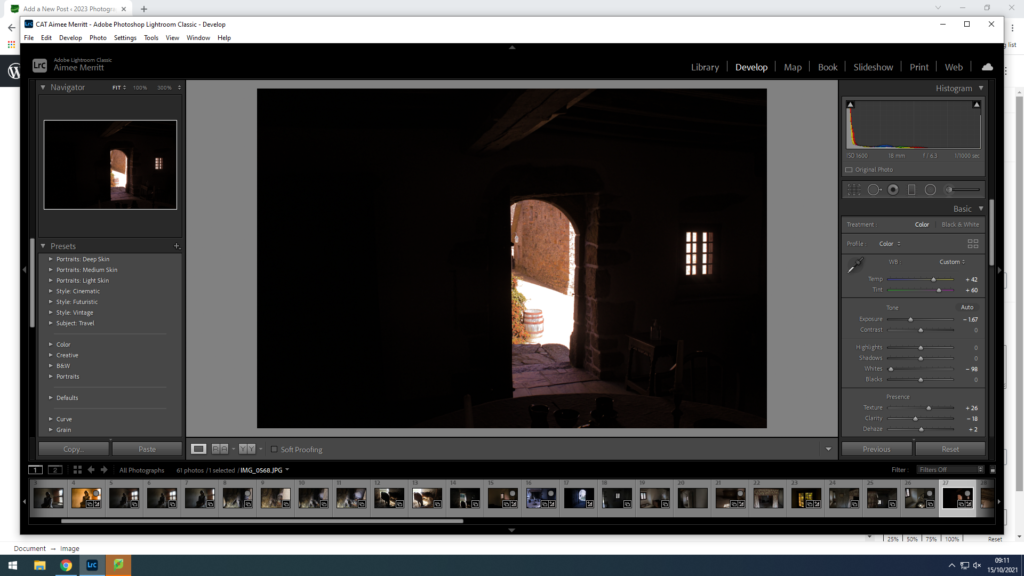
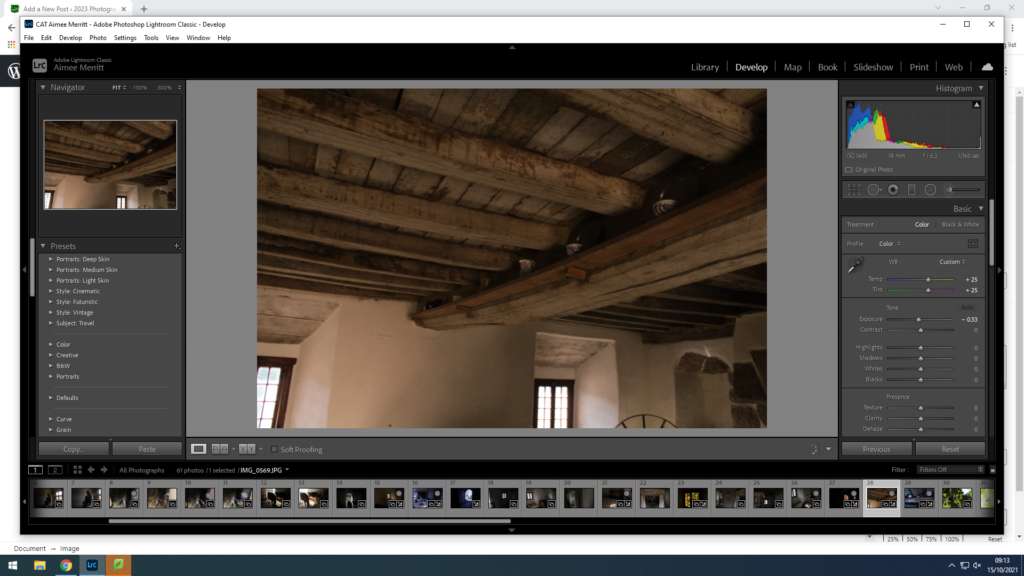
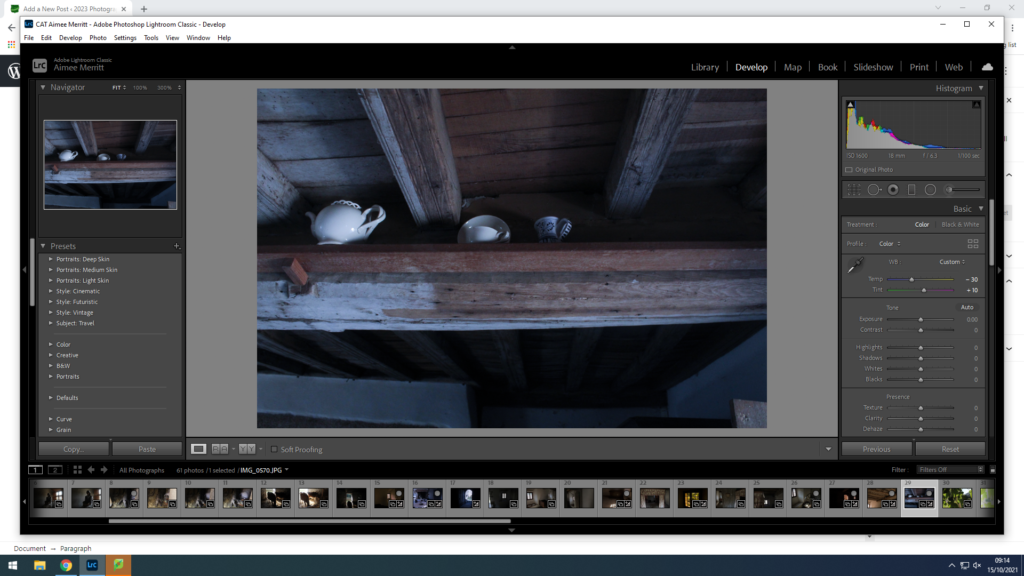
For these individual images I took at hamptonne, I have increased the cool tones and warm tones to set different visuals on the photos. For others i have edited the brightness and highlights to change the mood of the image creating different perceptions.


August Sander was a German portrait and documentary photographer. Sander’s first book Face of our Time was published in 1929. Sander has been described as “the most important German portrait photographer of the early twentieth century”.
I will be basing a few of my photos in August Sandlers technique.

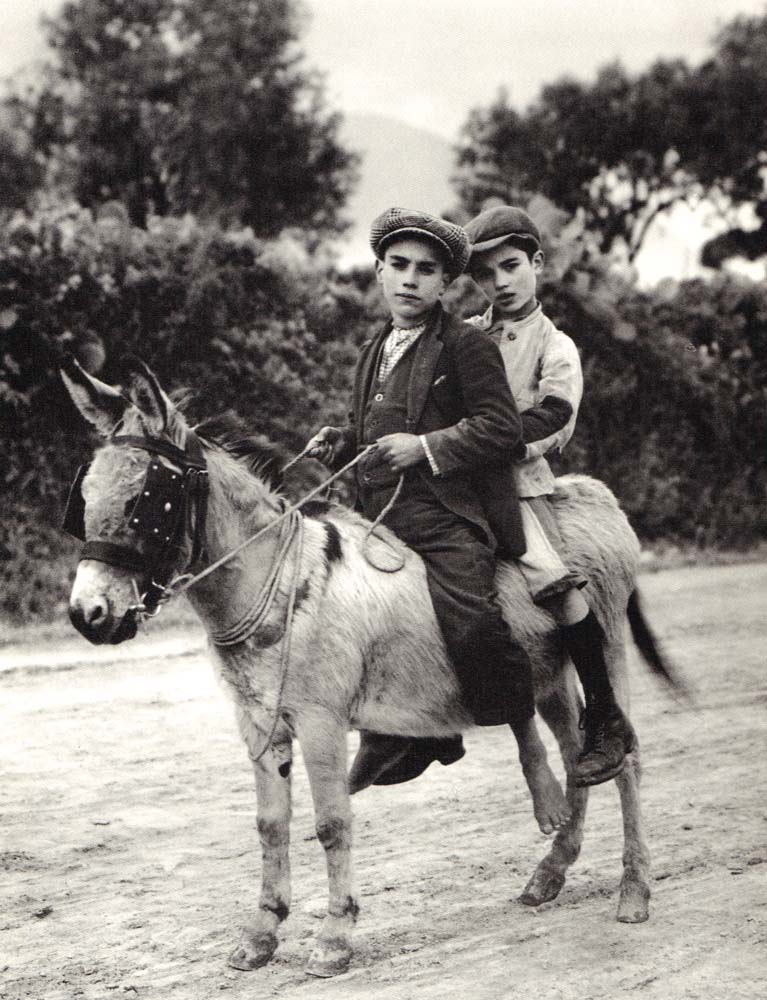
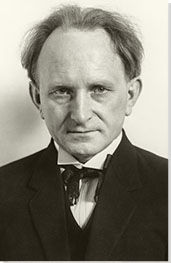
Mary Ellen Mark was an American photographer known for her photojournalism, documentary photography, portraiture, and advertising photography. She photographed people who were “away from mainstream society and toward its more interesting, often troubled fringes”.
I will also be basing some of my photos in her technique.



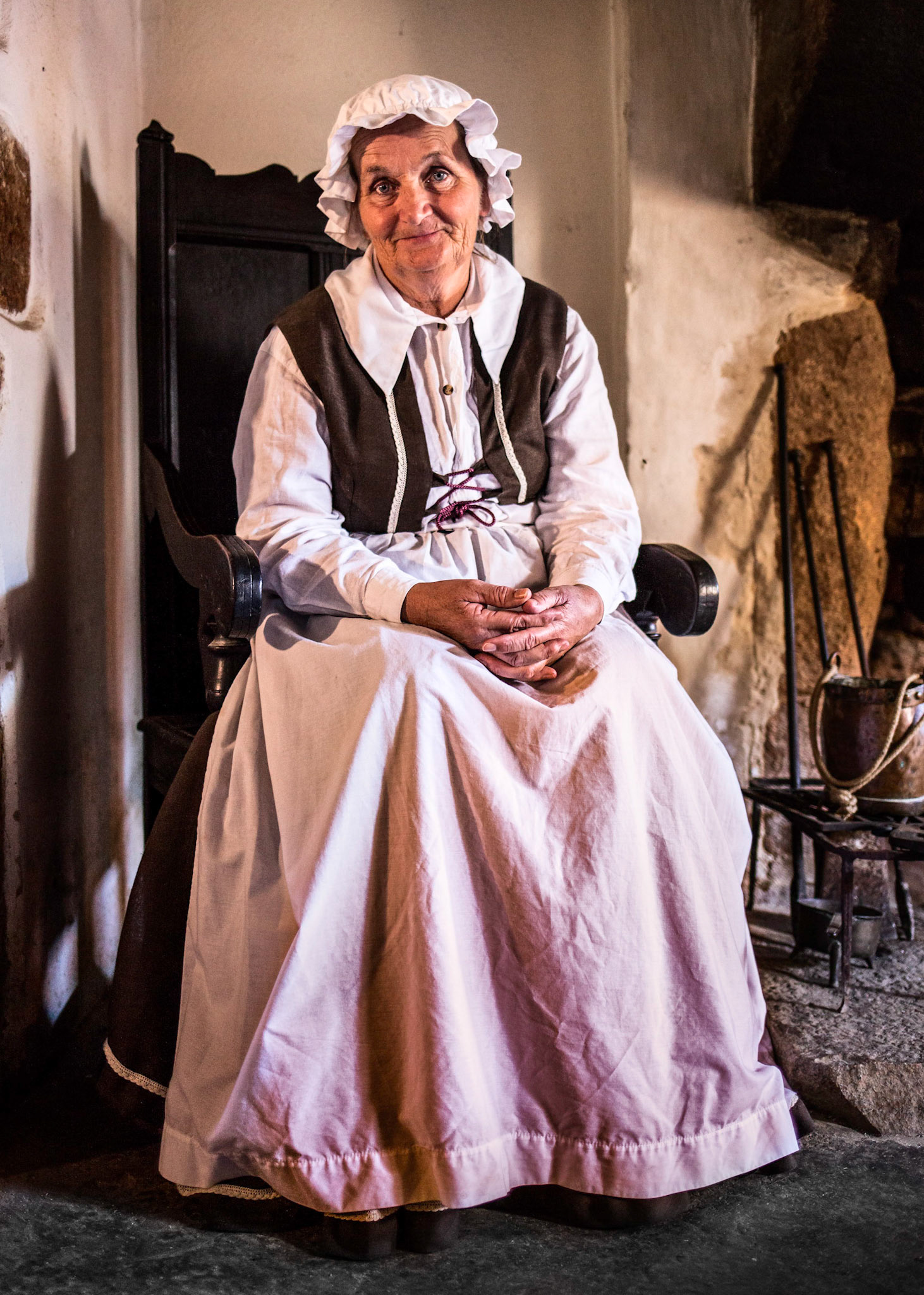
Hamptonne is the oldest farm in jersey it was purchased in 1633. it is an old thatched house with smaller houses and animal pens surrounding it.
The farm makes cider and have there own orchid which you can walk around. The trees in the orchid were chosen for their bitter and sweet tastes to combine together to make a cider which is perfectly mixed of flavours.
Every year Hamptonne prepares for their cider making festival called ‘La Faîs’sie d’Cidre‘ by collecting the apples from their orchard. They offer apple picking sessions throughout the first 2 weekends of October however are limited with the amount of people they can allow per session due to its popularity.
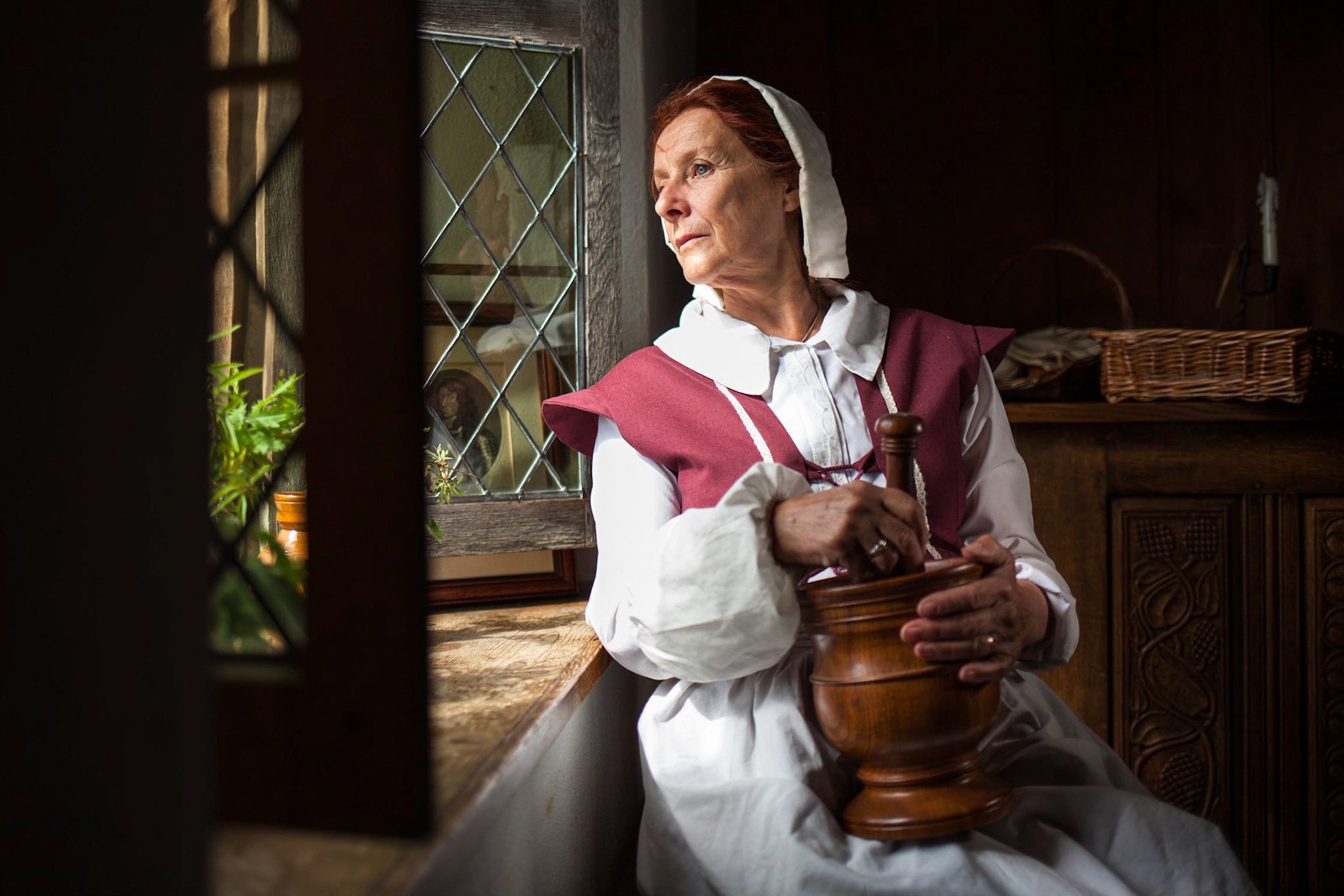

A local photographer, Tom Kennedy, uses natural light in order to make painting-like photos that are similar to the work of 17th Century painters. He’s visits Hamptonne and has photographed there multiple times. He wants people to reflect on their own lives and hopes to move people with his work.


In 1769, frustrations with food shortages, rising prices, an unfair taxation system, and Jersey’s power structure led to the storming of the Royal Court by around 500 Islanders in what became known as The Corn Riots.
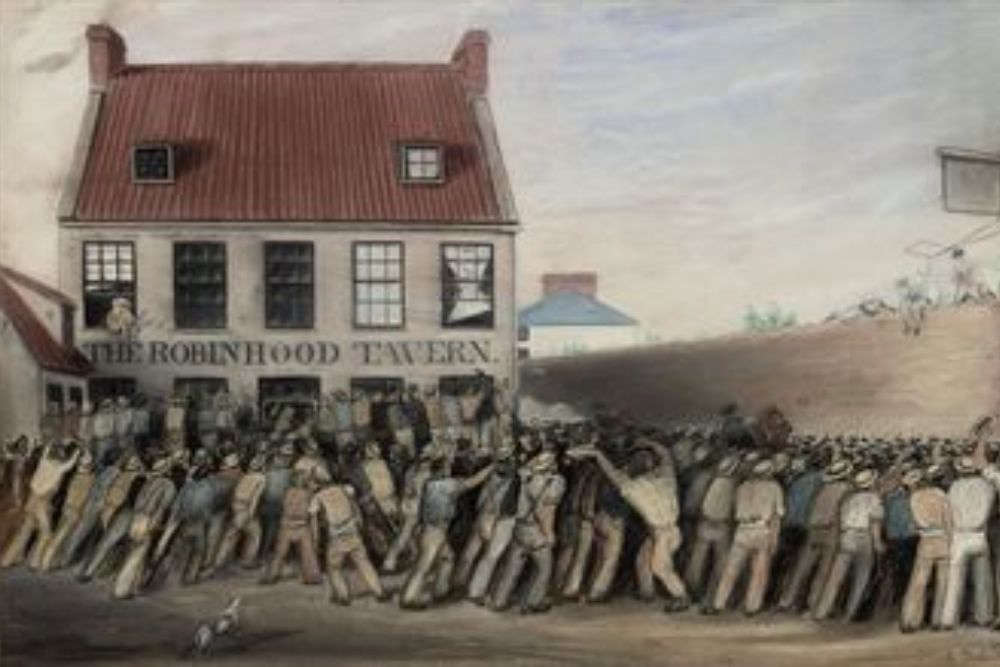
In 1767, people protested about the export of grain from the Island. Anonymous threats were made against shipowners and a law was passed the following year to keep corn in Jersey. In August 1769 the States of Jersey repealed this law, claiming that crops in the Island were plentiful. There was suspicion that this was a ploy to raise the price of wheat, which would be beneficial to the rich, many of whom had ‘rentes’ owed to them on properties that were payable in wheat. As major landowners, the Lemprière family stood to profit hugely.
On Thursday 28 September 1769, a Court called the Assize d’Héritage was sitting, hearing cases relating to property disputes. The Lieutenant Bailiff, Charles Lemprière, sat as the Head of the Court. Meanwhile, a group of disgruntled individuals from Trinity, St Martin, St John, St Lawrence and St Saviour marched towards Town where their numbers were swelled by residents of St Helier. The group was met at the door of the Royal Court and was urged to disperse and send its demands in a more respectful manner. However, the crowd forced its way into the Court Room armed with clubs and sticks. Inside, they ordered that their demands be written down in the Court book. Although the King later commanded that the lines be removed from the book (image 3), a transcription survives that shows the crowd’s demands.
In September 1770, Bentinck declared that a set of rules and regulations be written down to make the Law as fair as possible. The aim was that everyone ‘…be no more obliged to Live in a continual dread of becoming liable to punishments, for disobeying Laws it was morally impossible for them to have the least knowledge of.’

Bentinck’s Code was introduced in 1771 and clearly laid down the Laws of the Island. It also divided the power to make the laws and enforce the laws between the States of Jersey and the Royal Court. Charles Lemprière remained as Lieutenant Bailiff but he had lost his monopoly on power.
The Corn Riots had started Jersey on the road to reform and a fairer society.

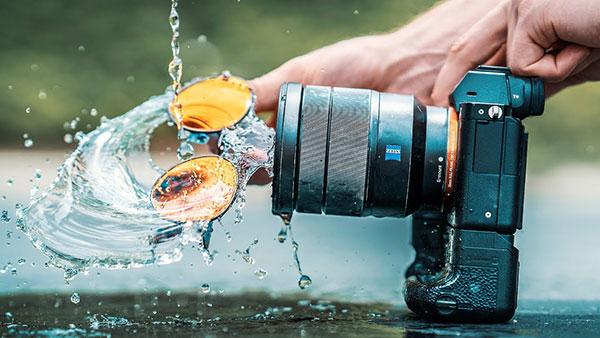
Photography is highly important and plays a role in our life more then we realise.
It allows us to see things we aren’t able to see from the places we haven’t been or things we have never seen before i.e. abstracts and things beyond our eyes, it can capture the past and present in unbelievable aspects.
Different artists photograph different types of photographs allowing us to be involved with other ways of how they can be taken and how different photographs can be made to look.
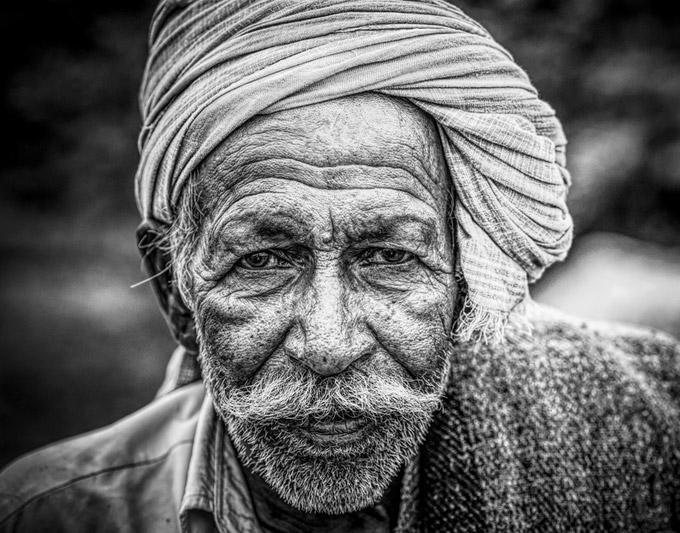
Portrait –a painting, drawing, photograph, or engraving of a person, especially one depicting only the face or head and shoulders.
Landscape – all the visible features of an area of land, often considered in terms of their aesthetic appeal.

Abstract – relating to or denoting art that does not attempt to represent external reality, but rather seeks to achieve its effect using shapes, colours, and textures.
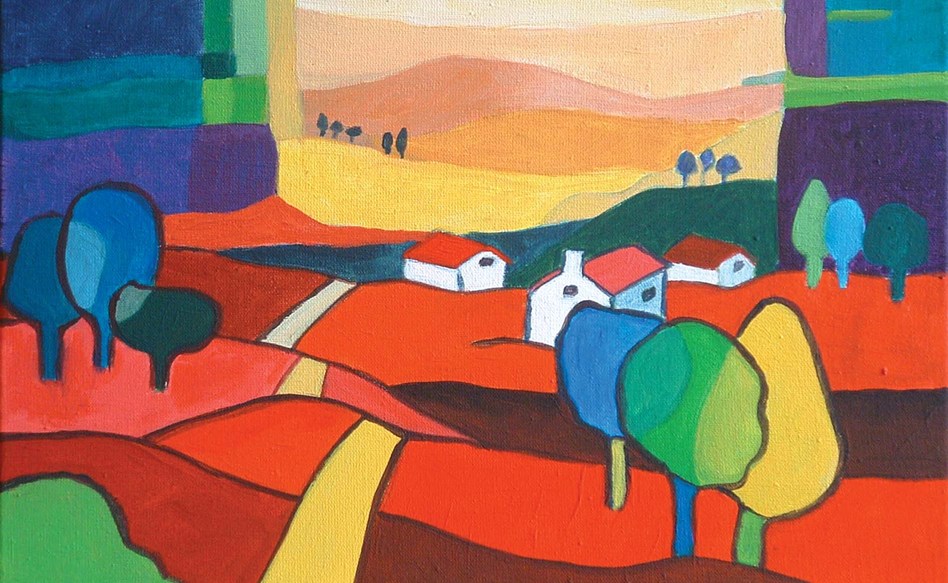
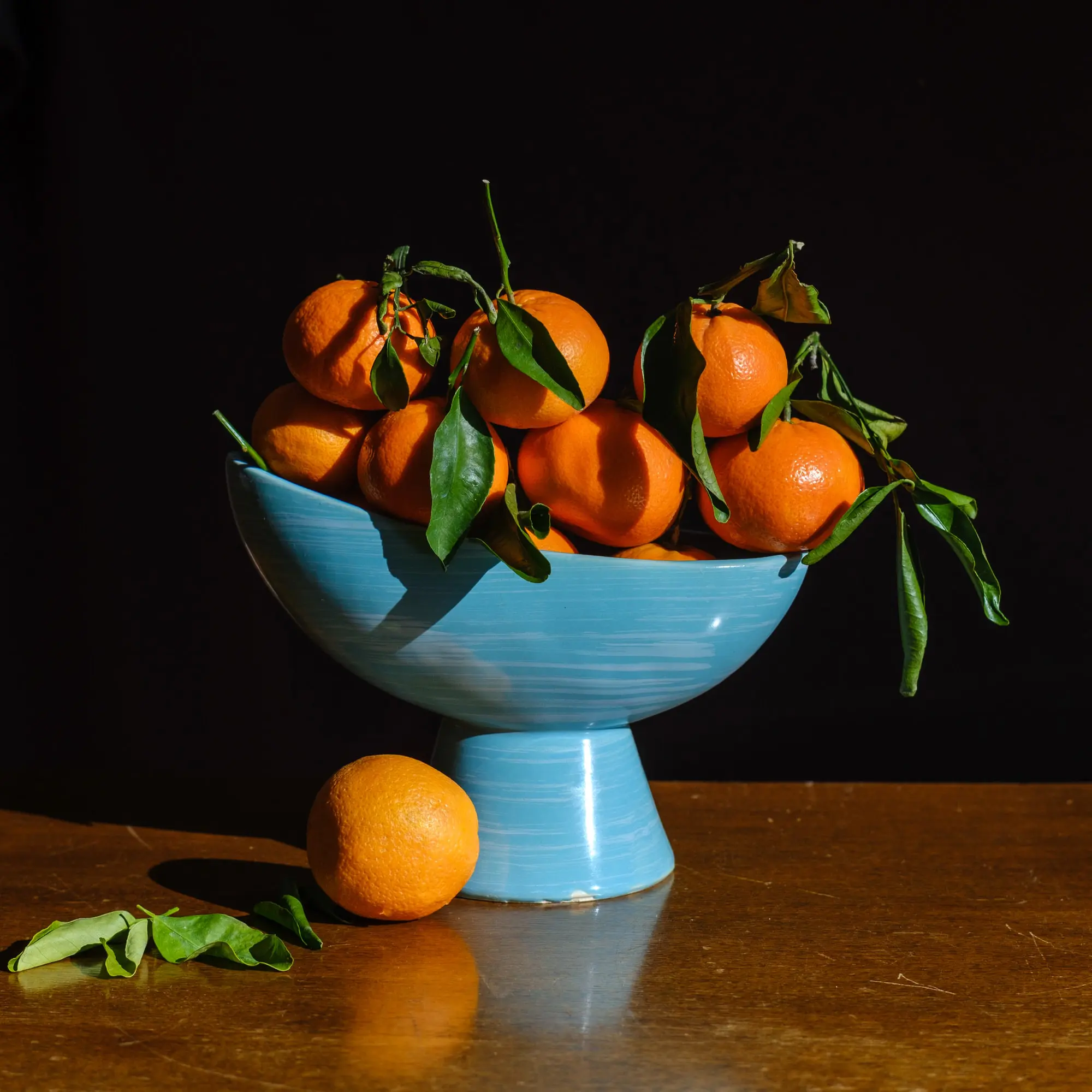
Still life –a painting or drawing of an arrangement of objects, typically including fruit and flowers and objects contrasting with these in texture, such as bowls and glassware.
Architectural – Capturing aesthetically pleasing shots of a building’s interior or exterior.

Cyanotypes are a low-cost type of photography that prints objects onto a cyan paper, which create a white outline print from lying in the sun.
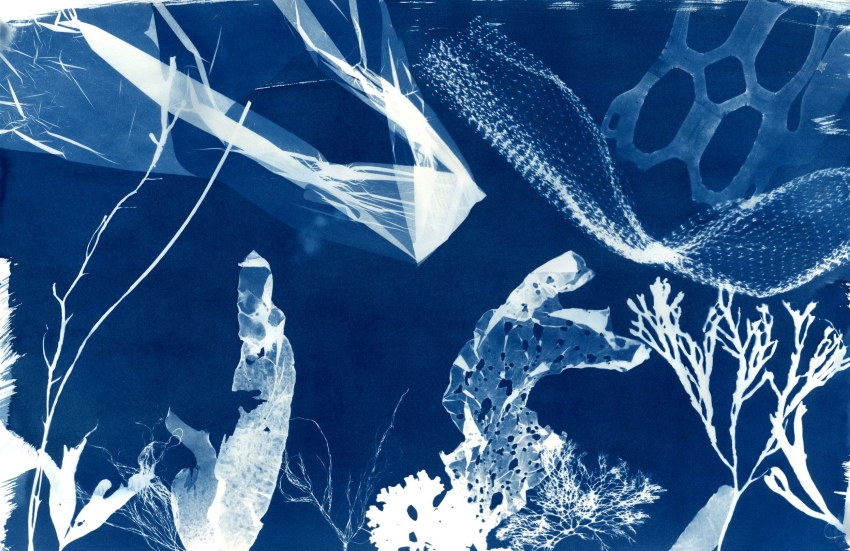
The more simple kind of cyanotypes is also known as a photogram used more in the past.
They are made by putting objects either in a random placement or however you wish, and placing them on sensitised paper.
Mainly plants are used for this type of printing but also you can use objects which are solid based.
If it is windy out, you can use a sheet of glass which sets the items in place without misplacing them.

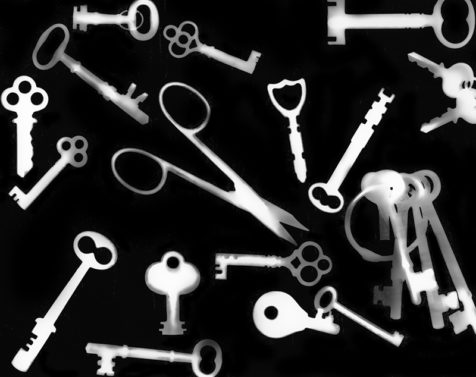
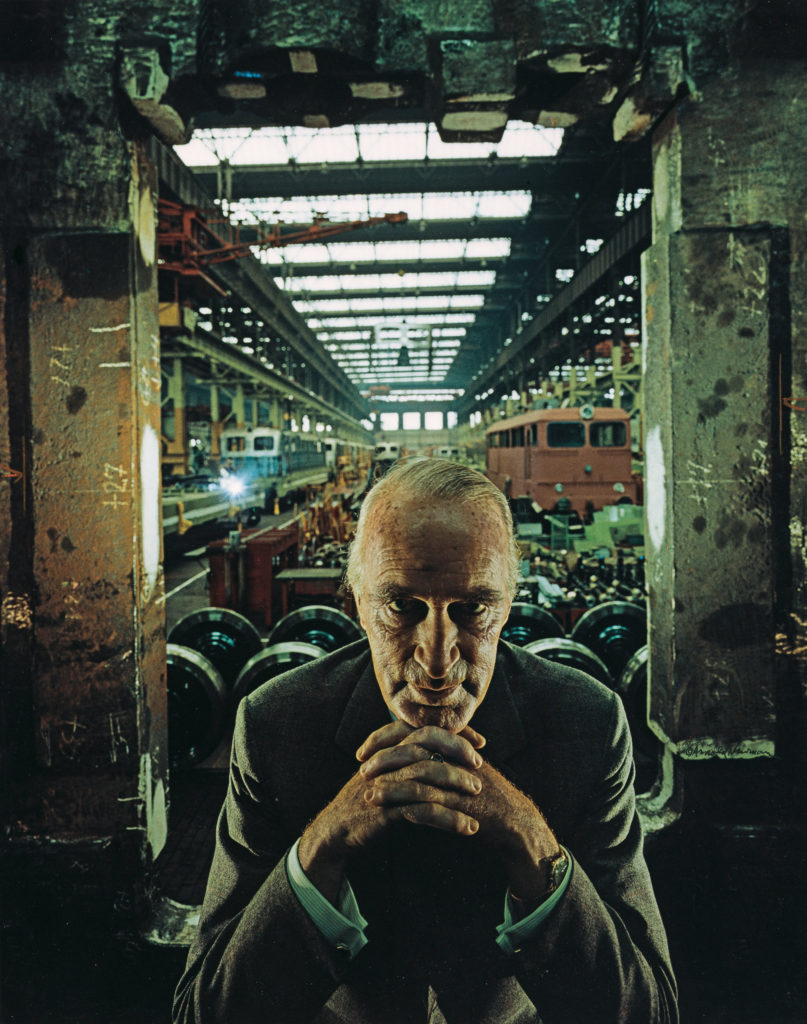
This is a portrait photographed by arnold newman
The angle that Newman photographs Krupp is a close up shot.
Newman has photographed Krupp looking sturdy and strong by the way his hands are clasped.
There are warm and cool tones in this image creating a sense of a dark and gloomy atmosphere. This brings more attention towards his face and his facial expression.
The quality of the photo makes it clearer to see the detail in the photograph making the image more sharp and eye catching.
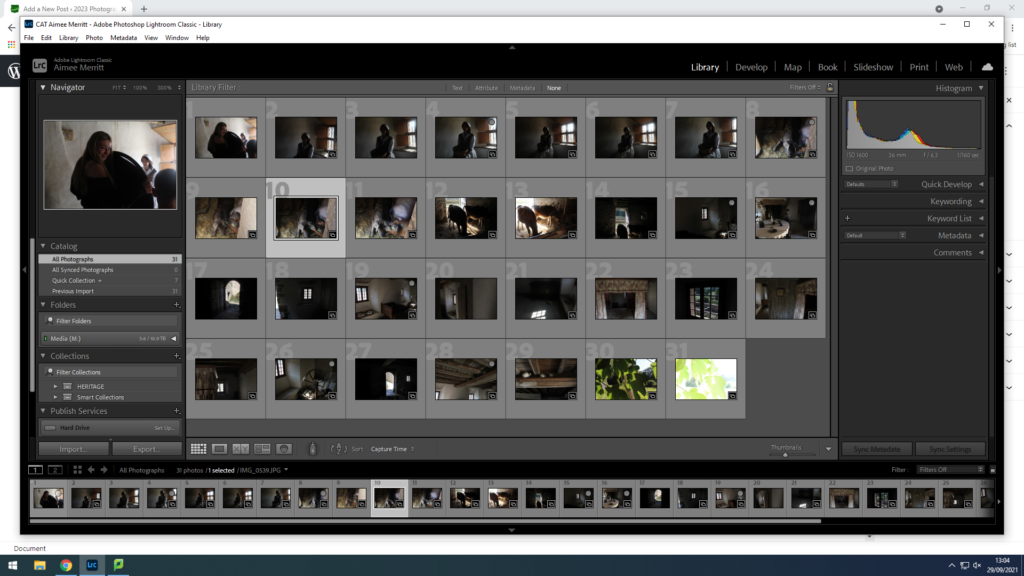
i have flagged the photos i like the most and want to use